Welcome to the Copyright Jungle
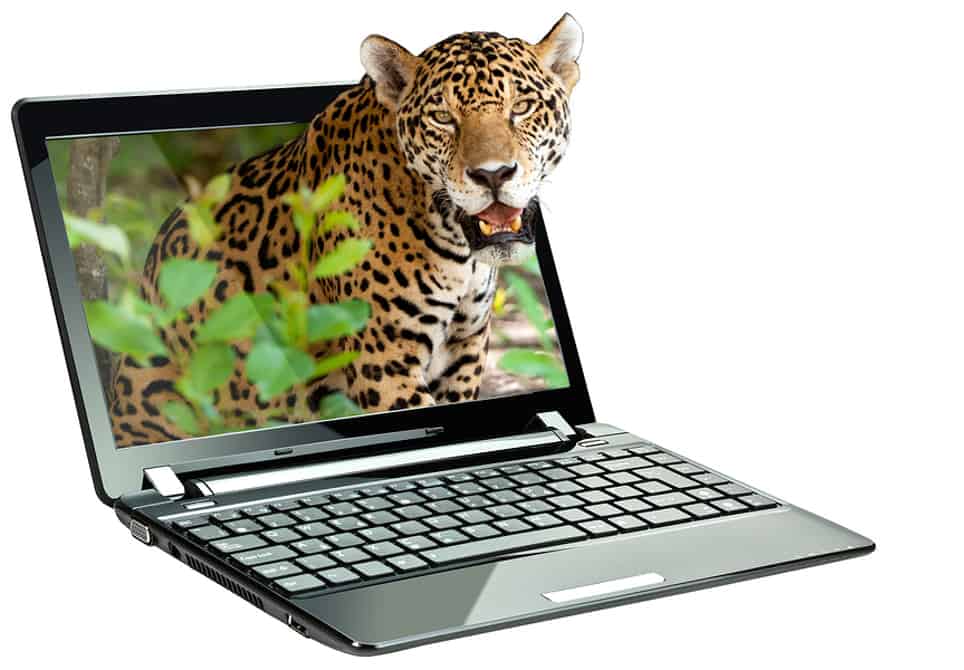
By Bill Taylor
The movement toward going open is spreading like wildfire among the education community, but the challenge of navigating through the jungle of copyright law can quickly dampen that enthusiasm.
Teachers know how valuable it is to have access to the plethora of knowledge that truly links the minds of educators across the globe. and how important it is to share this vast highway of resources with students in brick and mortar classrooms, as well as on the Web. The high-quality materials produced by those institutions that have adopted #GoOpen tactics are readily available on the Internet, and all that teachers need to do is simply click into a search bar and find something relevant. Right?
Let’s just say there is a little more to navigating copyright law than that. Before we enter a seemingly unbounded world of knowledge, it’s important to dissect the little details that make Open Educational Resources (OERs) “open” resources.
Free and Open Are Not the Same
It’s important to note that free and open are two very different things. You might think to yourself, “I was able to find it digitally, online, without paying; it must be open.” Truly, that is one of the most common misconceptions associated with OERs.
For example, while sites like YouTube house millions of videos that can be viewed by anyone on the Web, the majority of these videos lack any sort of licensing information, or utilize a Standard YouTube License. For any resource with this specific license, it is essentially an “All rights reserved” license that is non-derivative.
In basic terms, it prevents many of the 5R’s associated with OERs. Opencontent.org defines OERs as “open content” that “provides users with free and perpetual permission to engage in the 5R activities: Retaining, Reusing, Revising, Remixing, and Redistributing content.” (Side note: YouTube has enabled users in recent years to add a Creative Commons license (CC BY) to uploaded work, which DOES enable those specific works to be used openly.)
Confused by Copyright?
If you’re scouring the web to distinguish between what is open and what isn’t, you’ll likely find a lot of overly complicated explanations that leave you feeling more bewildered than when you started. Simply put, the “openness” of a resource depends on its license. The most straightforward way to share information is to submit it in the public domain. All resources in the public domain can be used in any way, however you wish, commercially, non-commercially, fully or in part.
There is a degree of differentiation between the public domain and Creative Commons licenses. Creative Commons essentially uses 4 categories to create licenses, independently and in conjunction. They are described on the Creative Commons site as follows:
“All of our licenses require that users provide attribution (BY) to the creator when the material is used and shared. Some licensors choose the BY license, which requires attribution to the creator as the only condition to reuse of the material. The other five licenses combine BY with one or more of three additional license elements: NonCommercial (NC), which prohibits commercial use of the material; NoDerivatives (ND), which prohibits the sharing of adaptations of the material; and ShareAlike (SA), which requires adaptations of the material be released under the same license.”
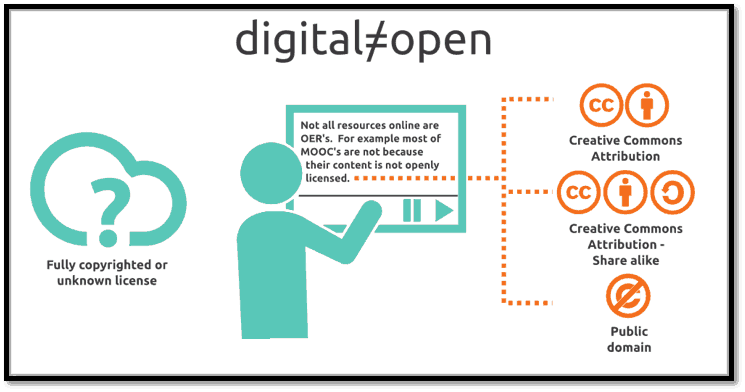
Image created by Kamil Sliwowski, licensed under a Creative Commons Attribution 3.0 License.
Want an easy way to remember what is and isn’t an OER? Anything that is labeled as “ND” or “Non-Derivative” is NOT an OER. Non-Derivative licenses are the most restrictive, and clearly disregard the “5R’s.”
Think about it this way: bands and artists remake preexisting songs all the time. If the original song had a non-derivative license, then the artist who remade the song into a similar but not identical version would have violated that license. In that case, the artist may allow others to share his or her version, but not remake it into something else. Relating this example to education, the original song could be used for educational purposes, but a teacher would be unable to make any changes to or adaptations of the original version.
The CC specifics can be a bit confusing, but overall the mission and idea behind all of the detailed licenses is to be able to share information, resources, and knowledge. Sounds like a great thing, right? When you take away all of the bells and whistles, it’s pretty simple: Creative Commons licensing lets people share their work in a way that is clearly labeled, and allows others to understand what they can do with it.
As a community, we’ve come a long way with making sure that education is open and available to all people, but there is still a long way to go. Fully understanding what OERs are, and equally what they aren’t, will help to grow the number of outstanding resources out there, as well as the number of instructors who are utilizing them. It will help to prevent misconceptions associated with risks involved when making work open, and will ideally eliminate all instances of openwashing, or misrepresenting resources as being open, as myths are combated with facts. Plus, it will give teachers peace of mind about using content without infringing on a copyright. Understanding what makes OERs “open” is the key to surviving in the wilderness of mysterious resources and lurking licenses.
For more, see:
- 3 Steps for Educators to Take Advantage of OERs
- Getting Smart Podcast | The Role of OER in 21st Century Classrooms
- Broadband, Data Privacy, and OER: Building New Learning Models Infrastructure
Bill Taylor is the CEO of Spider Learning, Inc. Follow Spider Learning, Inc. on Twitter, @SpiderLearning.
Stay in-the-know with all things EdTech and innovations in learning by signing up to receive the weekly Smart Update.

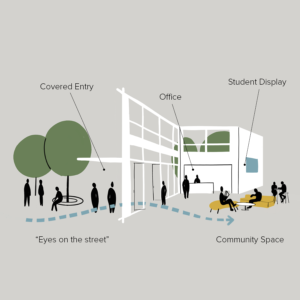
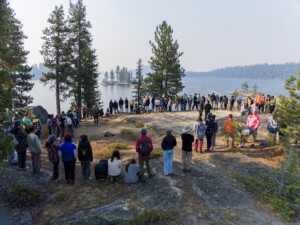
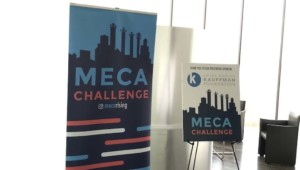
0 Comments
Leave a Comment
Your email address will not be published. All fields are required.